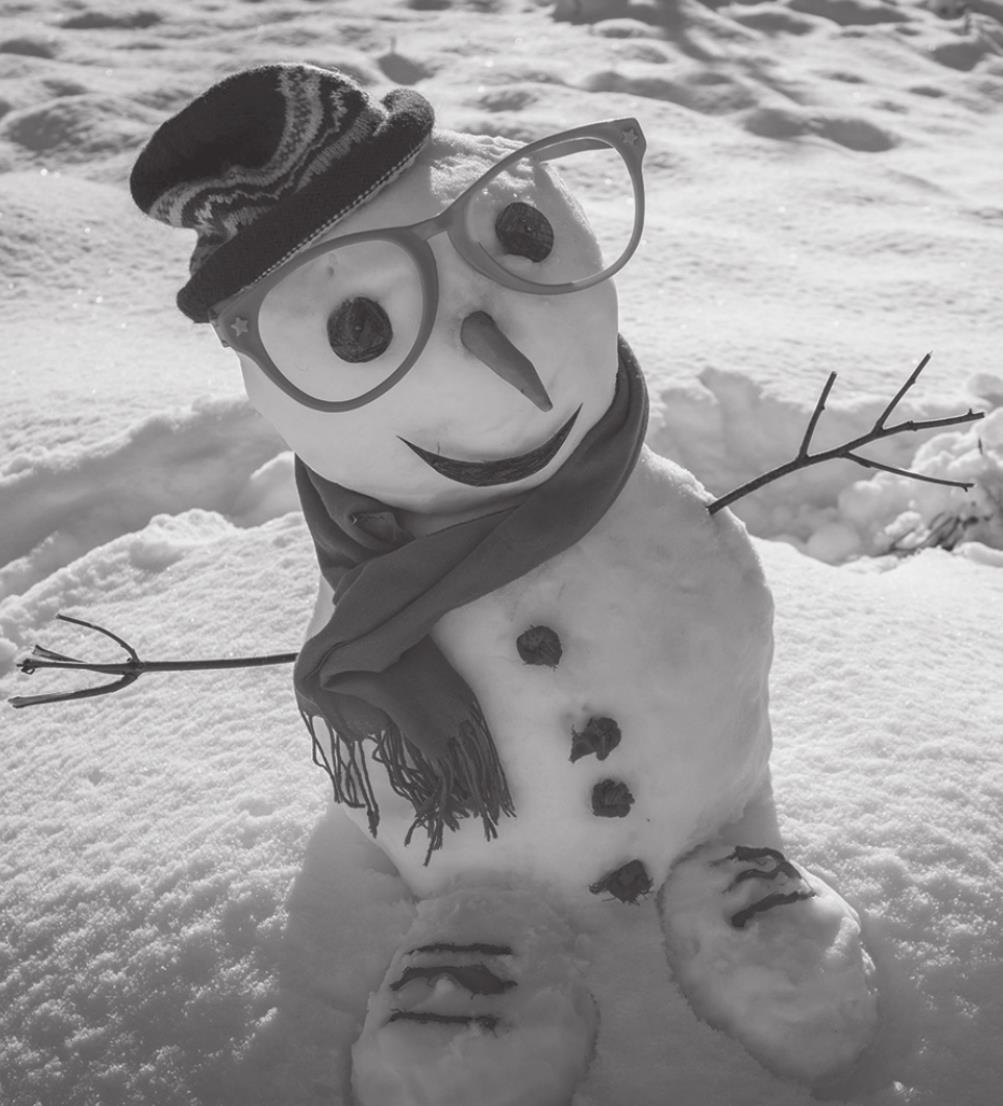

Photo from Metro Creative
Answers to Go
SAN MARCOS PUBLIC LIBRARY 625 E. H S.
625 E. HOPKINS ST.
512-393-8200
Q. What are some interesting bits of trivia about Christmas that most people don’t know?
There are many A. fascinating things about Christmas that are of interest to people today. The following describes some of them.
Wrapping Paper: Though most Christmas presents are now wrapped, it wasn’t always the case. In the 19th century, gifts were placed under the tree, hung on the tree or placed in a pile on the table, unwrapped. The children of the house were kept out of the room until Christmas Eve and then let into the room where they saw the presents, unwrapped, for the first time. It was not until late in the century until it changed. Why the change? Simply put, different cultures set up the tree at different times and an unwrapped gift on Christmas morning meant that it was dropped off by Santa. Thus, the need to hide the gift.
Originally, that meant tissue paper, but the invention of true paper gift wrap can be credited to Hallmark. In 1917, the Hall brothers were running a stationery store in Kansas City, printing cards and tissue paper for the upcoming holiday season. When they ran out of the tissue paper people were using to wrap gifts, they started printing large rolls of the patterned wrapping paper we know and love today. Within two years, Hallmark was making and producing large quantities of gift wrap and selling it all over the country. (Bowler)
Jingle Bells from space: Nine days before Christmas in 1965, two astronauts aboard the Gemini 6 told Mission Control that they saw an “unidentified flying object” about to enter Earth's atmosphere, traveling in the polar orbit from north to south. Just as things got tense, they interrupted the broadcast with “Jingle Bells,” as Wally Schirra played a small harmonica accompanied by Tom Stafford shaking a handful of small sleigh bells. (Fogle)
The Nutcracker Ballet: In 1816, the book “The Nutcracker and the Mouse King” was published. It was written by the German author E.T.A. Hoffmann and tells the story of a little girl and her toys on Christmas Eve. The story was adapted in 1844 by the French author Alexandre Dumas. In 1892, the Russian composer Tchaikovsky and his friend the Russian choreographer Marius Petipa used a much simpler version of the story and made it into a two-act ballet called The Nutcracker. The first performance was in Saint Petersburg and it wasn't very popular, although people liked the music.
In 1934, a version was put on which made quite a few changes and was more popular. The first full performance of the ballet outside Russia also took place in 1934 in England. The first full version of the ballet in the USA was on Christmas Eve 1944 by the San Francisco Ballet and it was very successful. It's been performed every Christmas Eve since then by the San Francisco Ballet. (JPC-Design)
Snowmen: The first documented snowman appeared in 1380, but humans have probably been making snowmen for as long as there’s been snow. These Christmas symbols were especially popular during the Middle Ages, when many lacked the proper resources or outlets for artistic expression. So instead of trying to find traditional art supplies, they turned to snow — and there was plenty of it. Michelangelo was even commissioned to build a snowman for the ruler of Florence. (Donvito) The genesis of this legendary snowman is in January of 1494 when an unprecedented amount of snow fell on Florence, leaving the city covered in several feet of perfect, white snow. It had been the tradition of artists, when a significant amount of snow fell, to do snow sculptures. Thus, when directed by his patron, Piero de’ Medici, Michelangelo outdid himself.
• Bowler, J. (2000). Wrap, Christmas. In The World Encyclopedia of Christmas. essay, McClelland & Stewart.
• Donvito, T. (2021, November 30). The fascinating history behind these 24 Christmas symbols. Reader's Digest. Retrieved December 14, 2021, from https://www.rd.com/list/history-of-christmas-traditions/
• Fogle, A. (2021, November 8). 35 Fun Christmas facts to share with your family. Good Housekeeping. Retrieved December 14, 2021, from https://www.goodhousekeeping.com/holidays/christmasideas/g2972/surprisin...
•JPC-DESIGN, whychristmas?com /. (n.d.). The history of nutcrackers on whychristmas.com. Why Christmas. Retrieved December 14, 2021, from https://www.whychristmas.com/customs/nutcrackers.shtml
Suzanne Sanders is the new columnist for the library. She is the Community Services Manager for the San Marcos Public Library and came from the Austin Public Library in 2015 after having served there as a librarian for over 20 years. She gratefully accepts your questions for this column.











